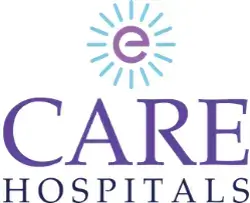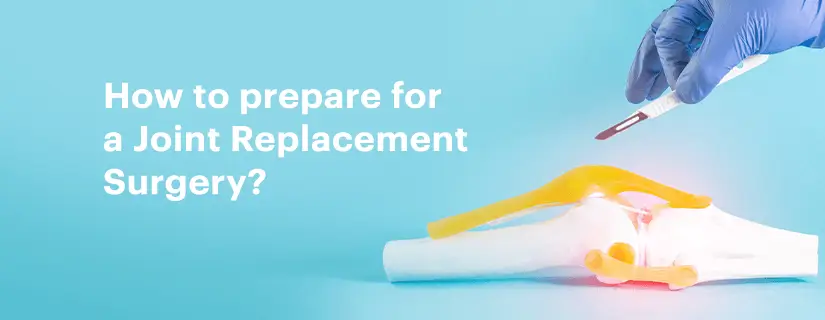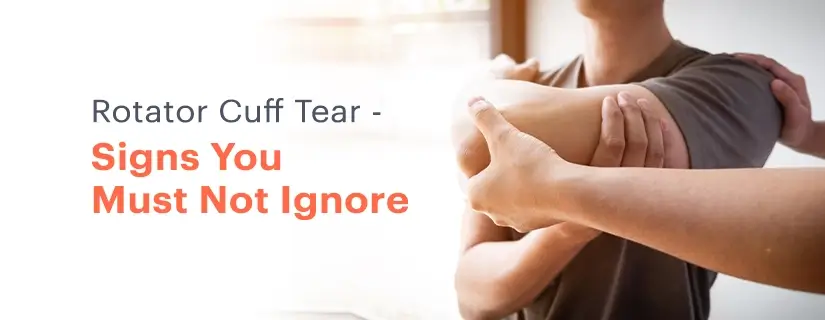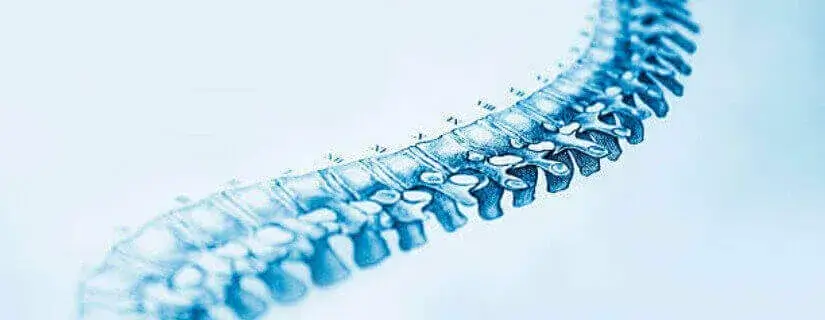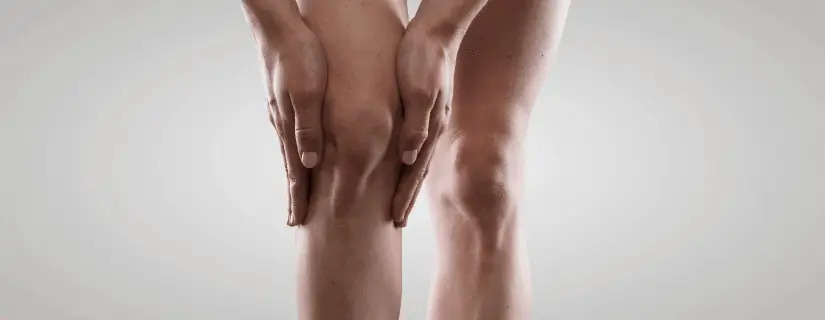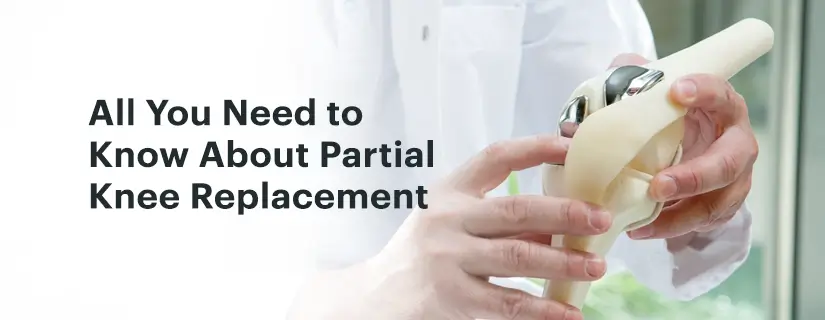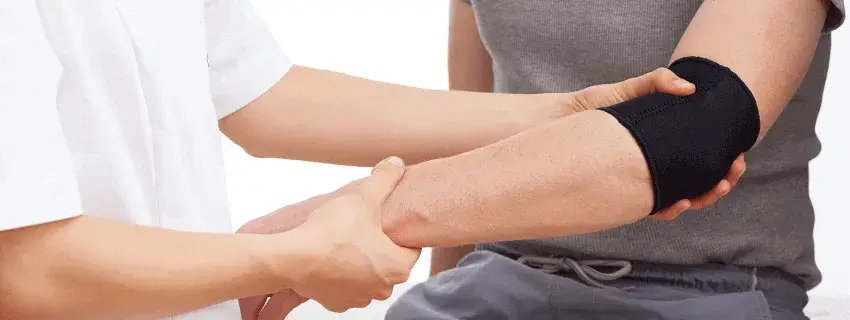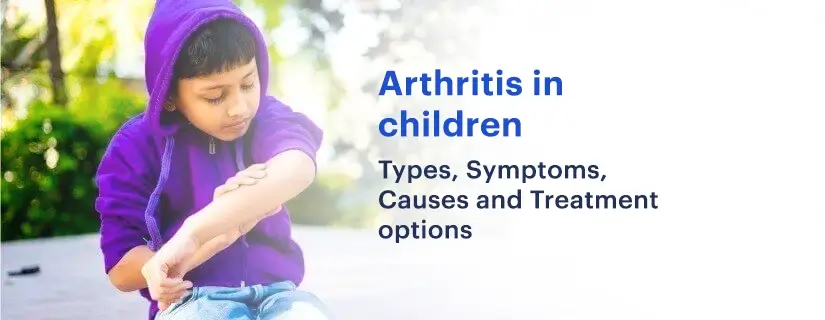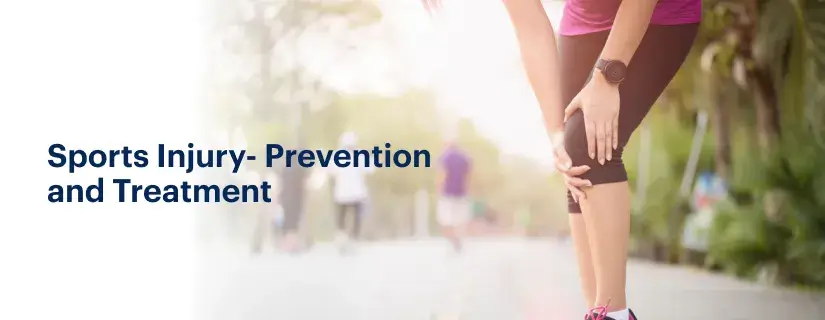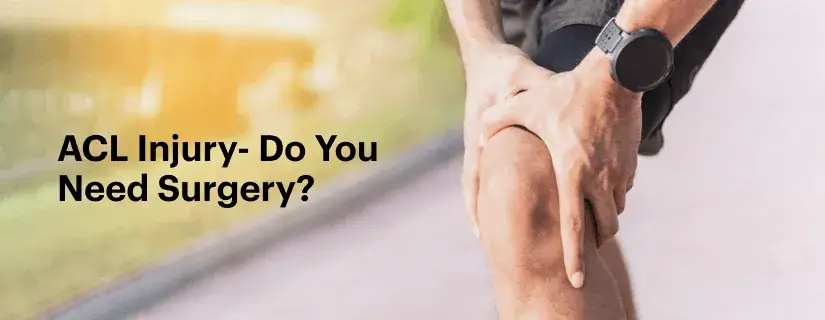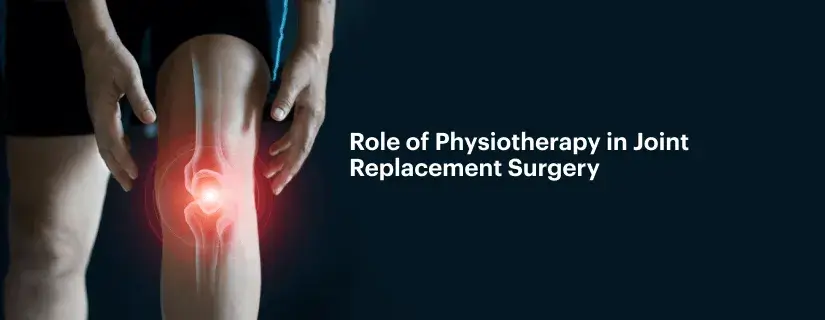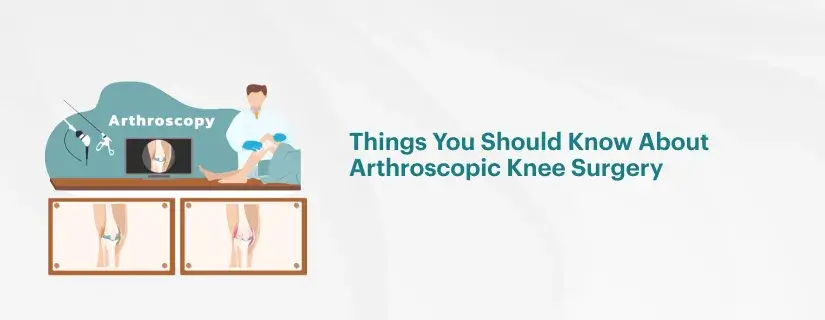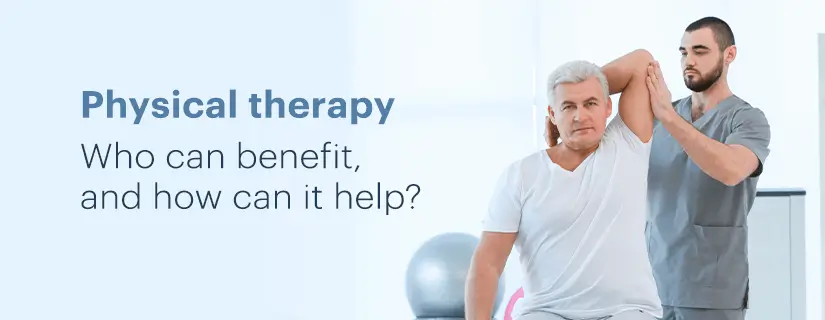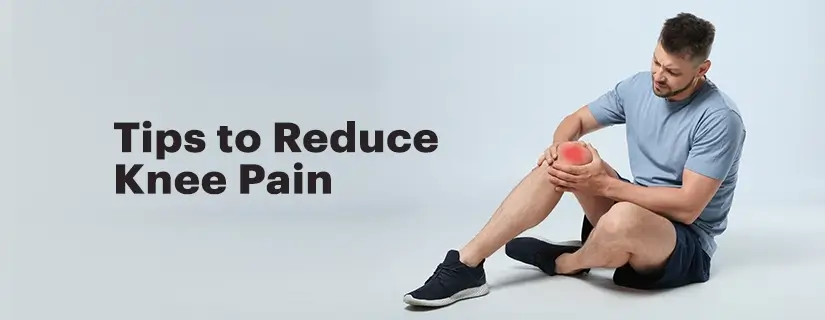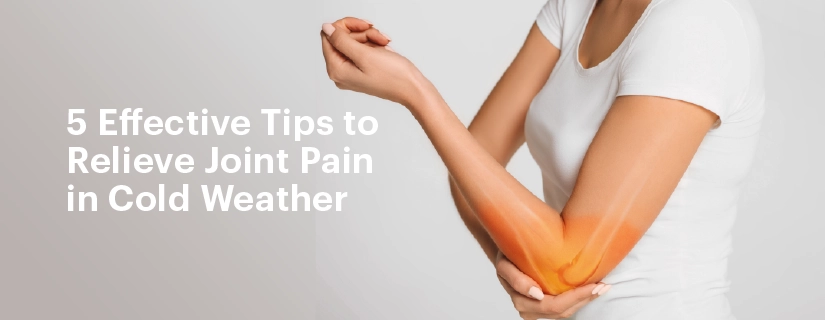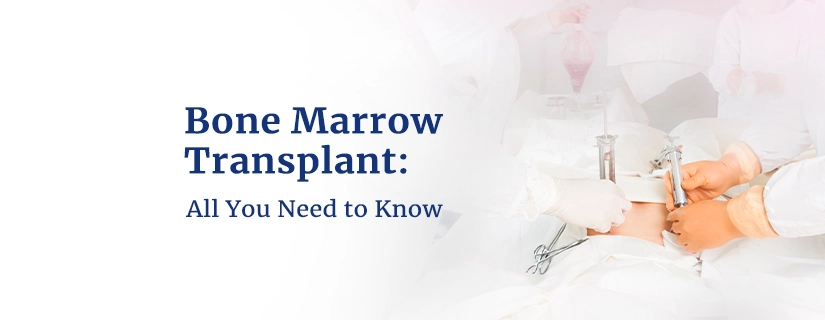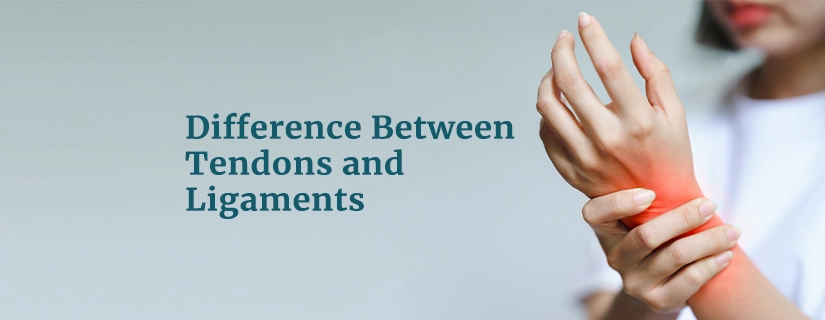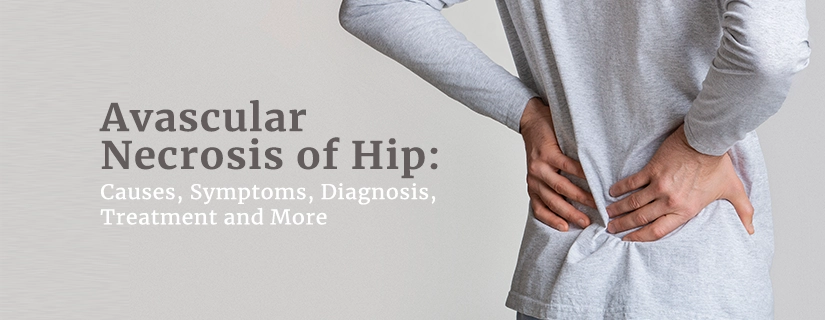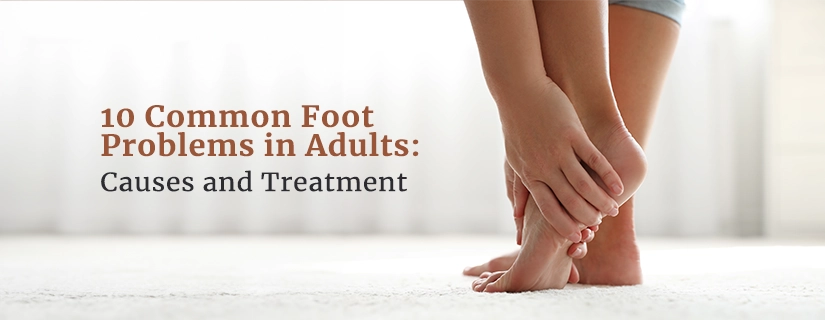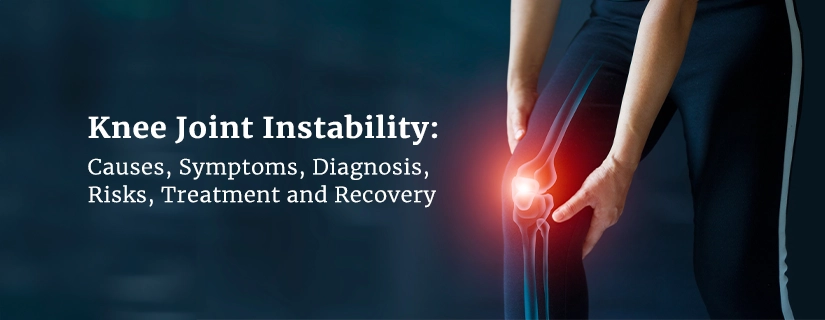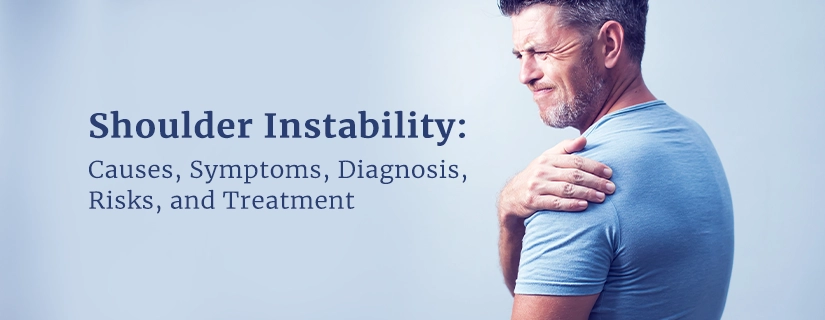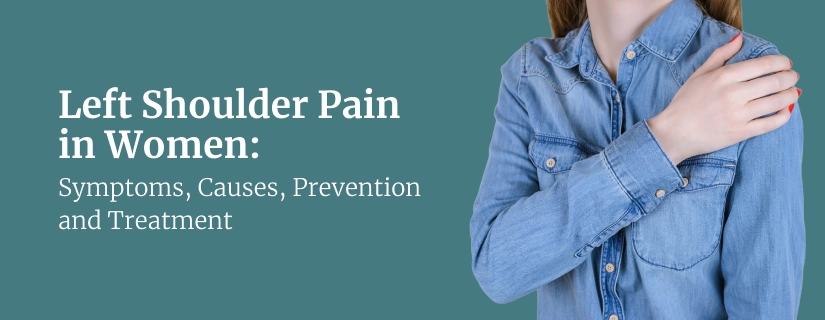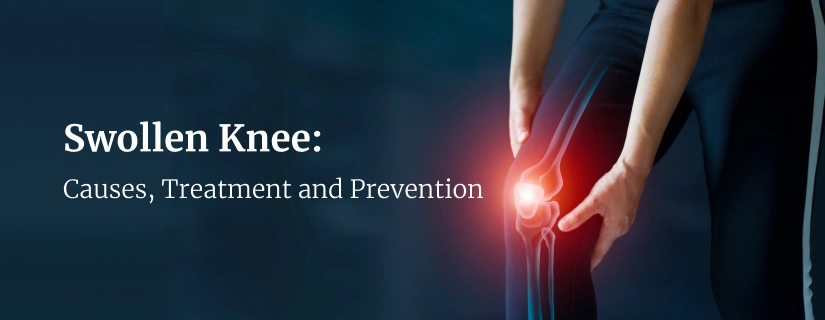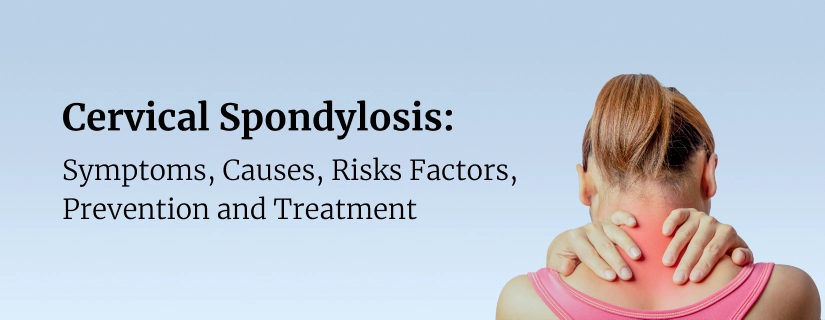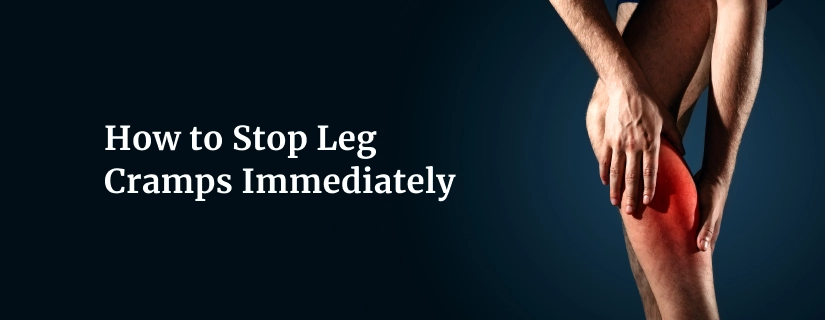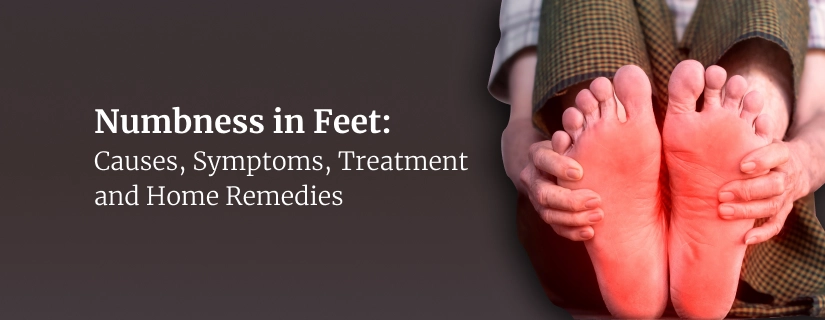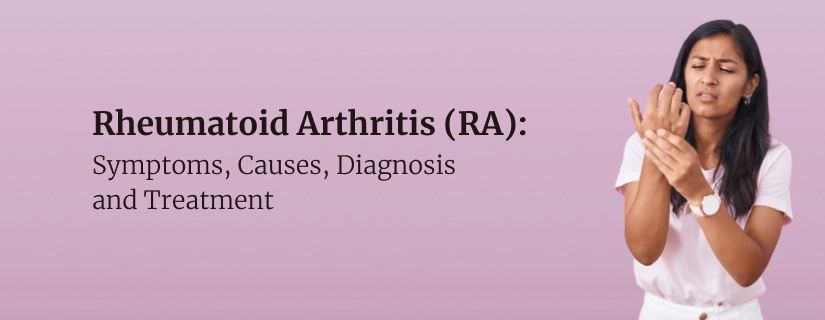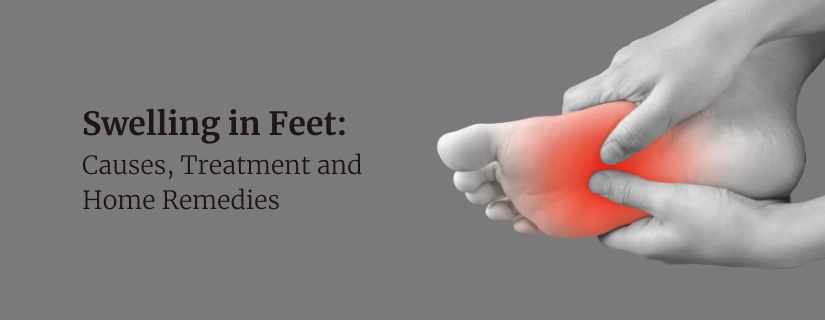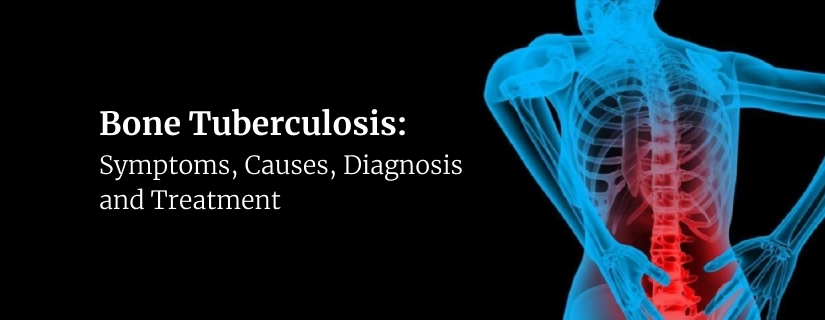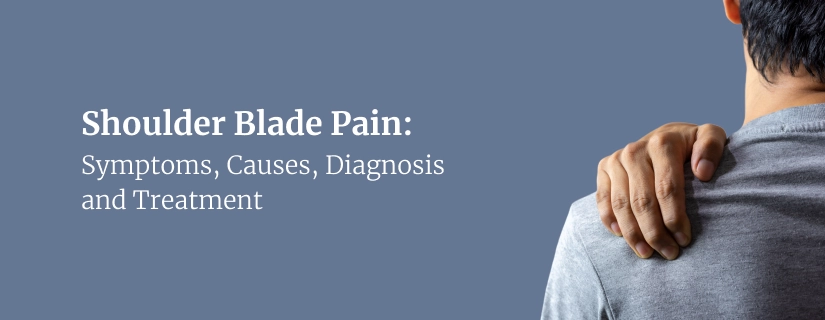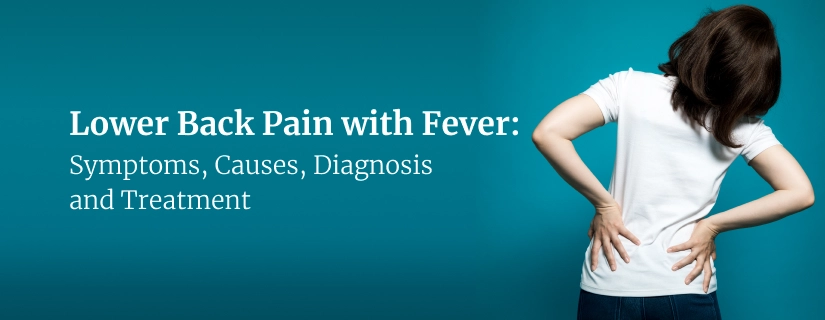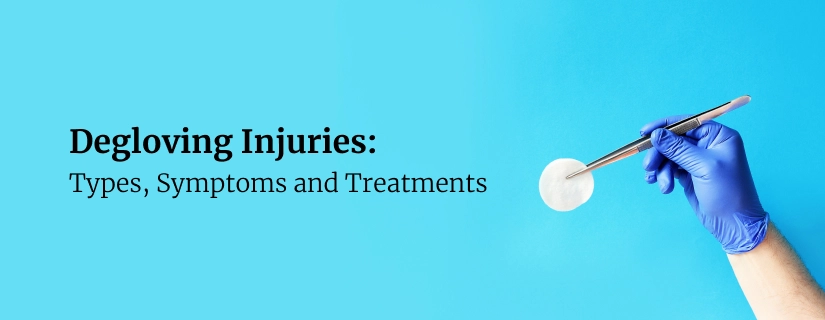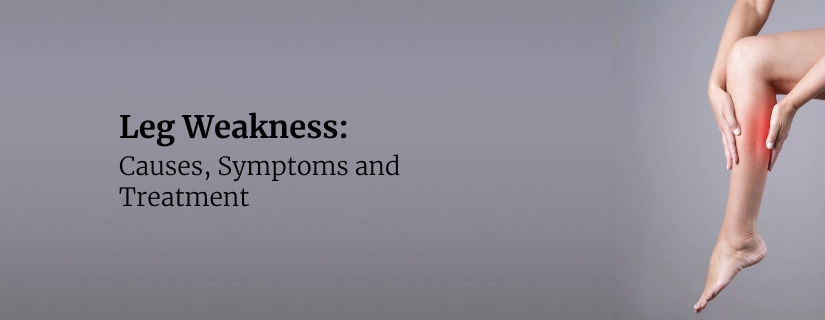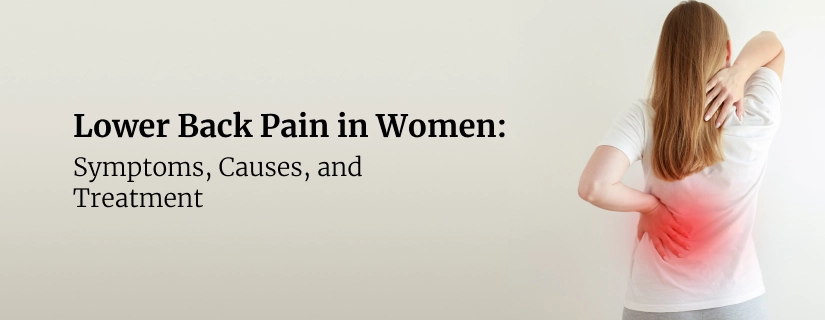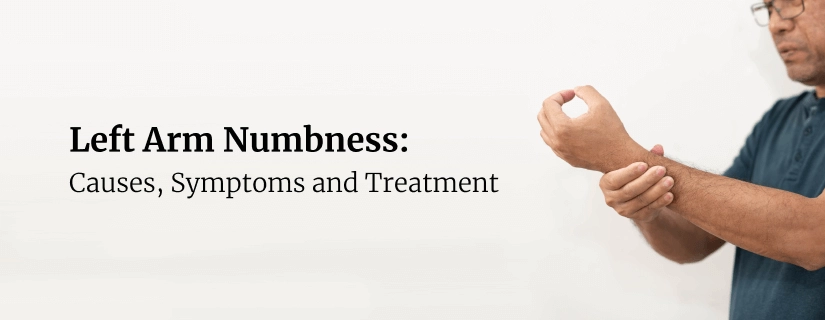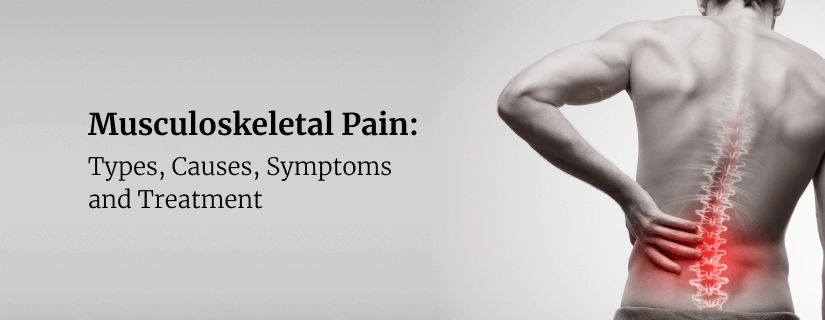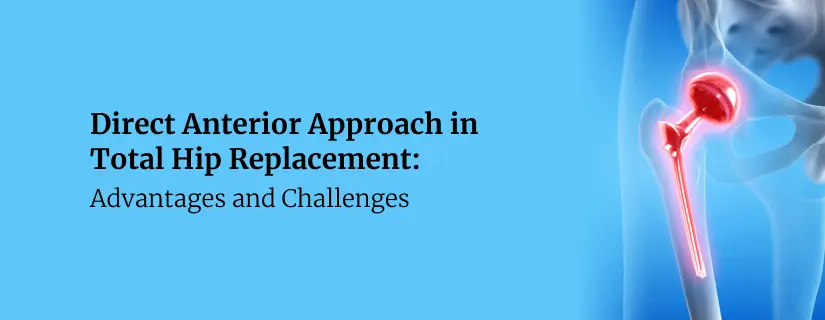-
Doctors
-
Specialities & Treatments
Centre of Excellence
Specialties
Treatments and Procedures
Hospitals & Directions HyderabadCARE Hospitals, Banjara Hills CARE Outpatient Centre, Banjara Hills CARE Hospitals, HITEC City CARE Hospitals, Nampally Gurunanak CARE Hospitals, Musheerabad CARE Hospitals Outpatient Centre, HITEC City CARE Hospitals, Malakpet
HyderabadCARE Hospitals, Banjara Hills CARE Outpatient Centre, Banjara Hills CARE Hospitals, HITEC City CARE Hospitals, Nampally Gurunanak CARE Hospitals, Musheerabad CARE Hospitals Outpatient Centre, HITEC City CARE Hospitals, Malakpet Raipur
Raipur
 Bhubaneswar
Bhubaneswar Visakhapatnam
Visakhapatnam
 Nagpur
Nagpur
 Indore
Indore
 Chh. Sambhajinagar
Chh. SambhajinagarClinics & Medical Centers
Book an AppointmentContact Us
Online Lab Reports
Book an Appointment
Consult Super-Specialist Doctors at CARE Hospitals
Your Recovery Guide to Cervical Disc Surgery
Updated on 4 February 2020
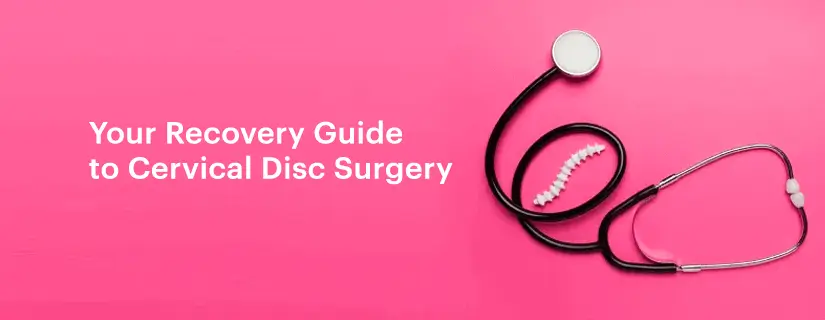
Table of Content
Although most people suffering from pain due to cervical disc diseases get better on their own with the help of simple, conservative treatments, surgery might be required if all other treatments have failed. The surgery involves the removal of the affected disc which is pinching the nerve or pressing on the spinal cord. Depending on the site of the disc, an incision might be made by the surgeon either in the front (anterior discectomy) or back (posterior discectomy). The surgery is performed under general anaesthesia. Whether it’s about getting checked for bone cancer symptoms and treatment options or your cervical disc surgery, it’s important to choose the best hospital that specializes in the same. When this is ensured, the majority of the people who undergo cervical spine surgery experience good to excellent results.
Besides significant pain relief, the patients are also able to resume daily life activities with ease. The surgical procedure can last from one to several hours. As compared to simple discectomies, spine fusions that involve the placement of screws and plates tend to last much longer. Although many patients feel immediately better after they awake post the surgery, a comprehensive rehabilitation program might be required for several months to get the total benefit. It’s important for the patient to carefully follow the surgeon’s instructions for a smooth recovery which include the following:
Discomfort
- Pain is managed with narcotic medication, post-surgery. Since these pills are addictive, they are used for a limited period (2-4) weeks. Constipation is a common occurrence in those taking this medicine on a frequent basis. Therefore, drinking enough water and consuming high-fibre foods are recommended.
- Sore throat, hoarseness or difficulty swallowing are also common but are not a major source of concern as these symptoms resolve within 1-4 weeks.
Restrictions
- Those who had a fusion mustn’t use non-steroidal anti-inflammatory drugs such as aspirin, Advil, ibuprofen, etc. for 6 months post-surgery as these may cause bleeding and prolong bone healing.
- Smoking must be avoided as it can delay healing and increase one’s risk of complications. It also inhibits the bone’s ability to fuse.
- The patient mustn’t drive for 2-4 weeks post the surgery or until discussed with the surgeon.
- Bending the head forward or backward is a complete no. Lifting objects heavier than 5 pounds must also be avoided.
- Yard-work and household work must be avoided until the follow-up visit. Also, seek your doctor’s advice before resuming sexual activity.
Activity
- Daily activities such as bathing, dressing, etc. require additional care.
- Normal activities can be resumed gradually. Walking is recommended along with a physical therapy program. While walking, start by covering short distances and gradually increase to 1-2 miles a day.
- If applicable, you must learn about how to wear a cervical collar bone before leaving the hospital. The same must be worn when riding a car or walking.
Bathing/Incision Care
- Cervical disc surgery precautions- showering must be avoided 1 to 4 days after the surgery. The surgeon’s specific instructions must be followed while showering and no tub baths, swimming pools or hot tubs are to be used until your healthcare provider advises so.
- If you have stitches or staples at the time of discharge, they will need to be removed. Ask for care instructions and the time when they will be removed.
Recovery setbacks
It’s normal to have good or bad days as the recovery varies from person to person. Expect your surgeon to give you detailed information regarding cervical disc surgery recovery tips and challenges, you might face. While most of them won’t be a cause of alarm, there are a few symptoms that require immediate medical attention such as:
- Difficulty breathing or swallowing
- Fever
- Constipation that doesn’t improve
- Pain, discharge, or redness around the incision.

ENQUIRY FORM
SELECT CATEGORIES
-
Neurosciences (16)
-
Neurology (37)
-
Neurosurgery (14)
-
Orthopaedics (48)
-
Oncology (33)
-
Obstetrics and gynecology (52)
-
Pulmonology (23)
-
Urology (20)
-
Nephrology (13)
-
Psychiatry (7)
-
Dietetics and Nutrition (111)
-
General Medicine (63)
-
Cardiac Sciences (32)
-
Vascular & Endovascular Surgery and Interventional Radiology (15)
-
Gastroenterology (46)
-
Endocrinology (23)
-
Plastic Surgery (10)
-
Critical Care Medicine (5)
-
COVID-19 (16)
-
Dermatology (16)
-
Emergency Care (1)
-
Ophthalmology (4)
-
Pediatrics (14)
-
Laparoscopic and Bariatric Surgery (8)
-
ENT (15)
-
Kidney Transplant (1)
-
Liver Transplantation and Hepatobiliary Surgery (5)
-
General Surgery (3)
-
Internal Medicine (5)
-
Medicine Information
Questions to Ask Before Knee Replacement Surgery
5 Signs Your Digestive System Is Not Working Properly
YOU MAY ALSO LIKE
RECENT BLOGS
-
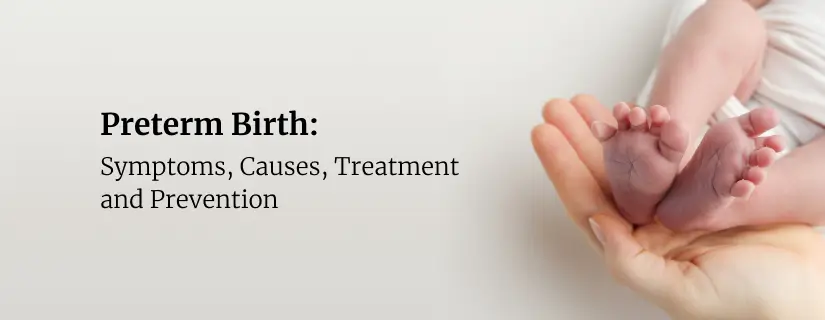
Preterm Birth (Premature Birth): Symptoms, Causes, Treatment and Prevention
13 May 2025
Read More
-
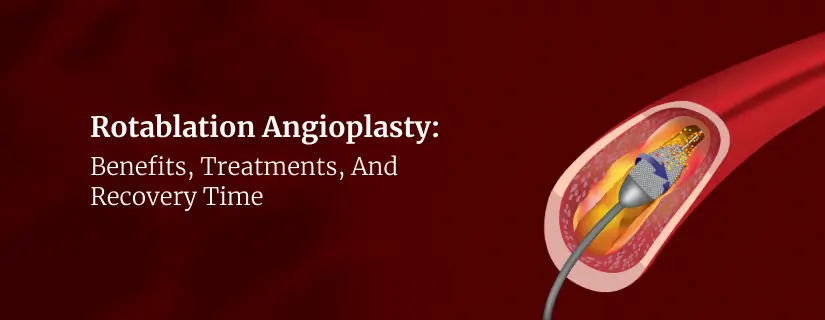
Rotablation Angioplasty: Benefits, Treatments, And Recovery Time
9 May 2025
Read More
-
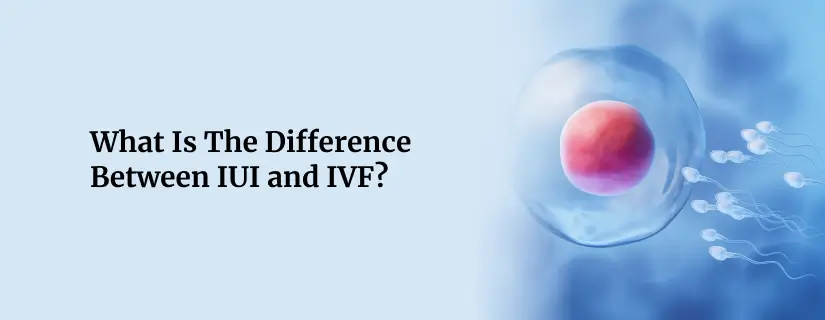
What Is The Difference Between IUI and IVF?
9 May 2025
Read More
-
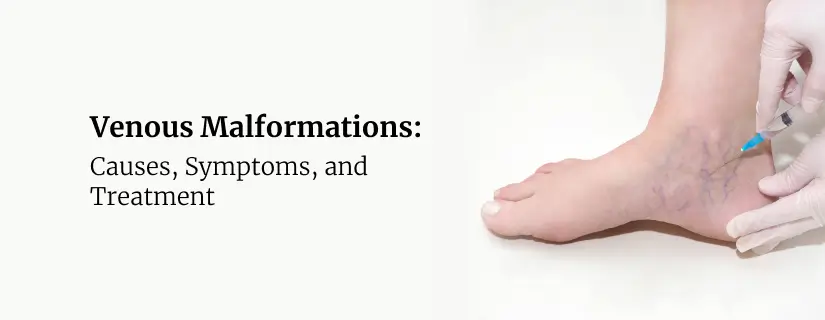
Venous Malformations: Causes, Symptoms, and Treatment
30 April 2025
Read More
-
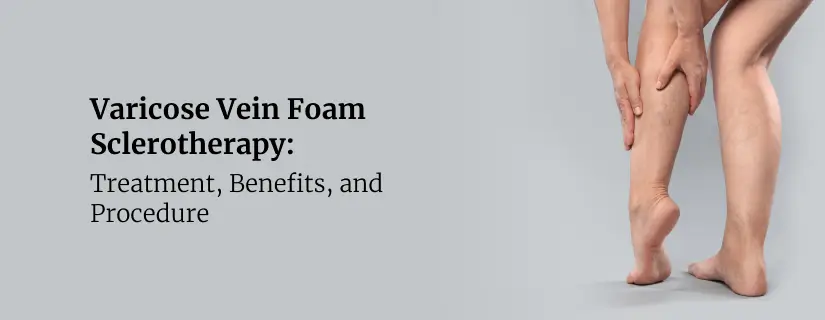
Varicose Vein Foam Sclerotherapy: Treatment, Benefits, and Procedure
30 April 2025
Read More
-
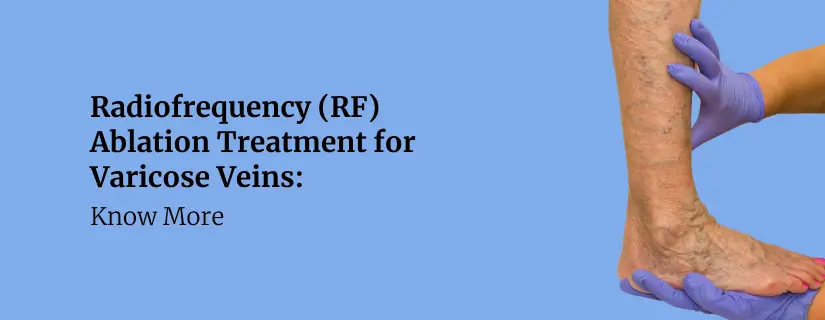
Radiofrequency (RF) Ablation Treatment for Varicose Veins: Know More
30 April 2025
Read More
-
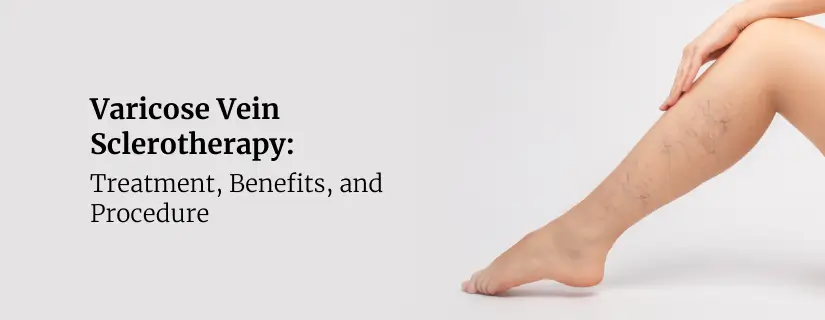
Varicose Vein Sclerotherapy: Treatment, Benefits, and Procedure
30 April 2025
Read More
-
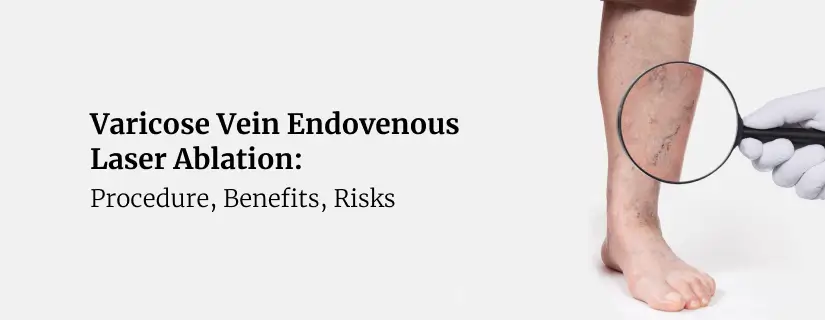
Varicose Vein Endovenous Laser Ablation: Procedure, Benefits, Risks
30 April 2025
Read More
Have a Question?
If you cannot find answers to your queries, please fill out the enquiry form or call the number below. We will contact you shortly.
